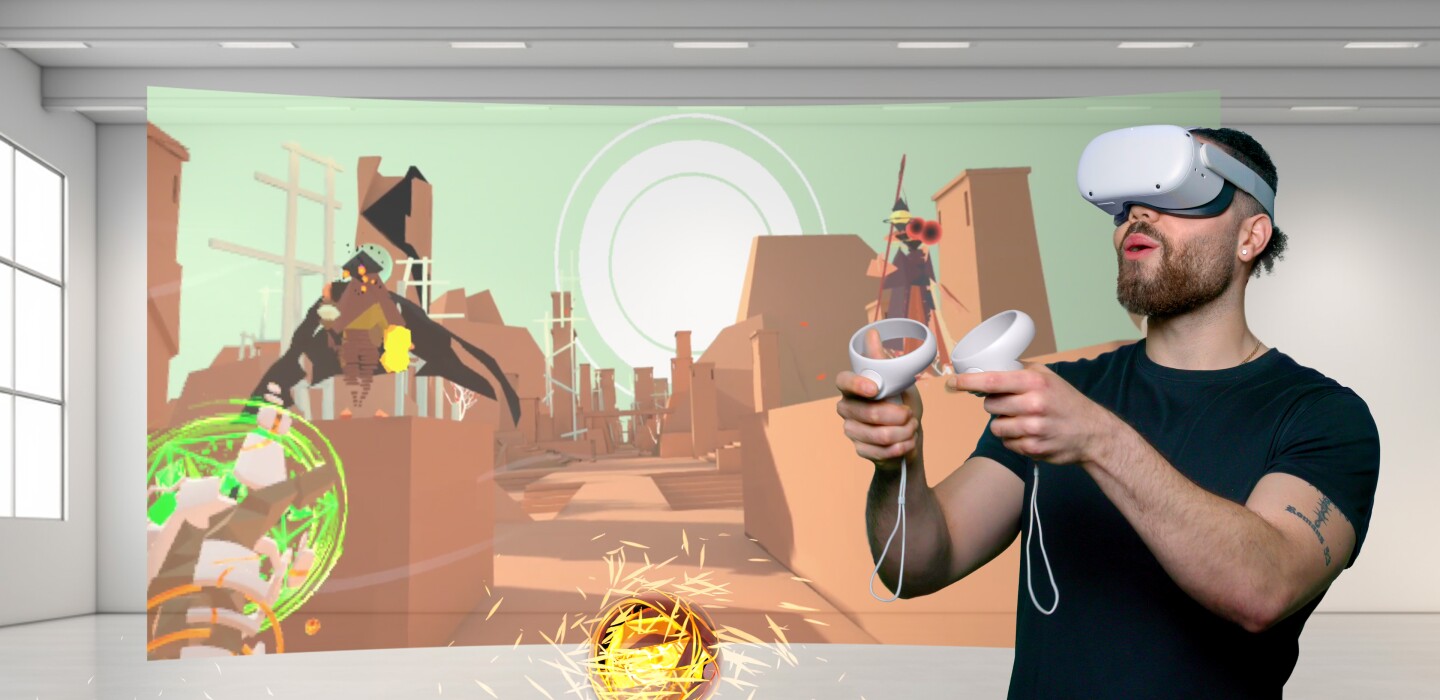
New York City EMTs Testing Video Game for Mental Health
New York City EMTs see a lot during their shifts, some of which they’d like to forget. That’s the purpose of some testing they’re doing with an interactive video game intended to improve mental health and lessen depression.
The game is called Zengence, played with a virtual reality headset, and it was designed with embedded biofeedback mechanics to get the desired results from the player. That means getting the player fully engaged, shutting down rumination; inducing a level of agency, so the player feels in control of something; and then quickly rewarding the player.
The game also is designed to induce breathing, which if practiced for five minutes a day, the game’s designer says, can be a source of resilience.
“I thought the game was a little confusing at first,” said New York City EMT Steven Sharkey, “but once you start getting the hang of it and once you start breathing in and you kind of pay attention to the orbs more and get the rhythm, it was stress relieving,”
Like any good video game, Zengence is designed to hold your interest with shooting and fighting, dodging and evading, the kind of game that was once thought to be detrimental. “For a long time, there was data that said if you added action like shooting in a game you were doing harm,” said Ryan Douglas, CEO of DeepWell Digital Therapeutics, which produces the game.
Douglas added that Stanford University professors did an analysis that found that activities like shooting in video games was not harmful. In fact, it’s helpful in this instance.
“Good gaming is a strong game loop that ties you into a narrative and pulls you into something that engages you in its entirety,” Douglas said. “You work really hard on that gaming loop to have a high degree of engagement.”
The key, perhaps, is the reward. When the player is successful, the game rewards them with a noise, inviting them to in turn make a noise that triggers breathing.
“The mechanism entices you to make sounds you can only make when you’re breathing out,” Douglas said. “From that we set your breath pattern.”
Douglas added that the key “mixture” is the combination of covert therapeutics that are heavily trained into the game and then the sounds that induce the breathing.
“If we could get everyone to sit at home and do breathing exercises, everyone would be healthier, but we don’t work like that. People won’t do it,” Douglas said. “But they will play a video game.”
It remains to be seen what the result of the testing will be, but the EMTs seem to like the game so far.
“It’s one of the most interactive games I’ve ever played, even more than Minecraft,” Sharkey said. “The graphics remind me of what I would imagine something in Japan to be like.”


Average Rating